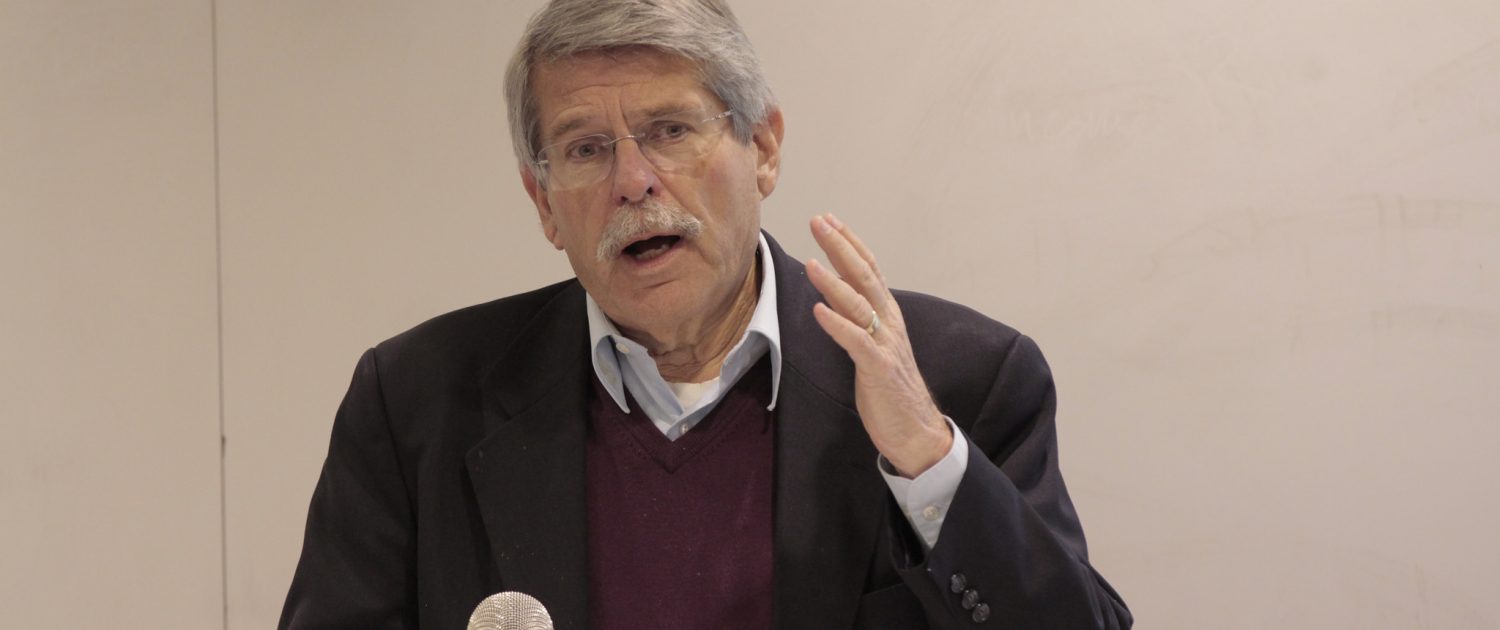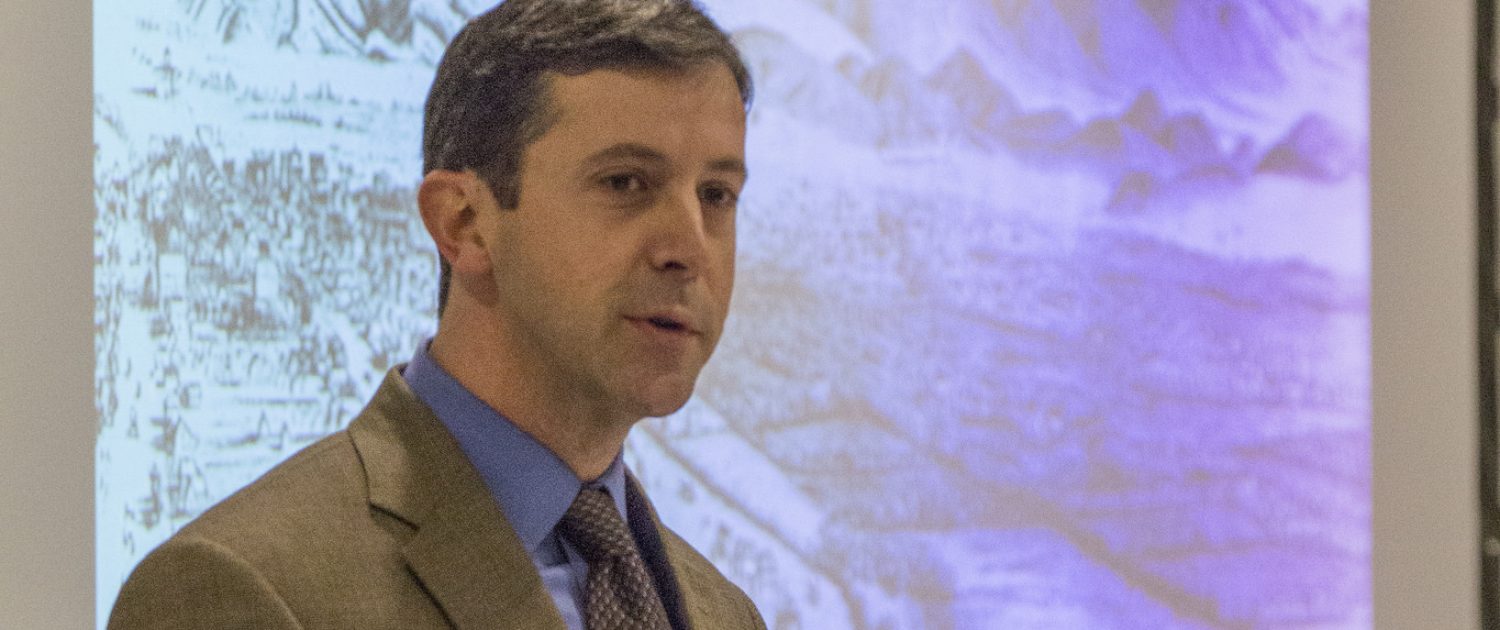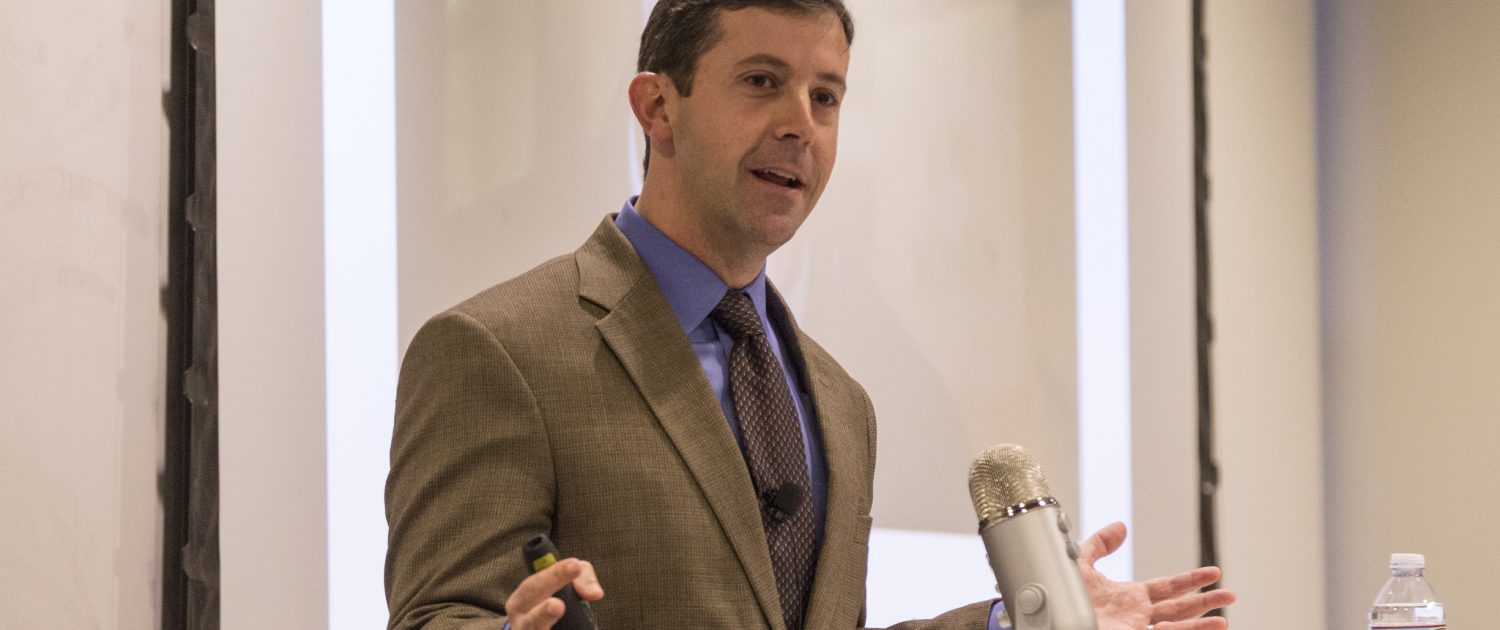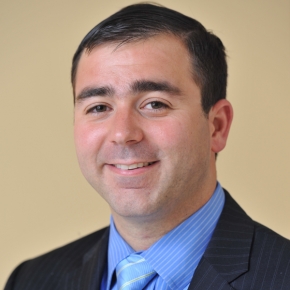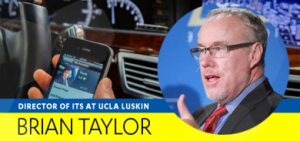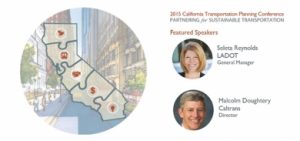Home Sweet Home During a Lewis Center Book Talk, visiting lecturer Brian McCabe explores the efficiency of U.S. government support for homeownership
By Zev Hurwitz
Brian J. McCabe is a sociologist whose research focuses on the importance, impact and problems associated with homeownership in the U.S. — not exactly common issues for a sociologist.
“Sociologists have largely ceded the study of housing to economists,” McCabe said. “We should be thinking about housing as not only an economic problem but as a social problem, too.”
McCabe, an assistant professor of sociology at Georgetown University, delivered a seminar at the Luskin School of Public Affairs on Feb. 22, 2017, based on his recent book, “No Place Like Home: Wealth, Community & the Politics of Homeownership.” The book explores the American passion for home ownership and its effect on local communities.
At the Book Talk hosted by the UCLA Lewis Center, McCabe walked attendees through the central themes of his book, focusing particularly on methods for evaluating the impact of homeownership on communities.
Michael Lens, assistant professor in UCLA Luskin School of Public Affairs Department of Urban Planning, noted that McCabe’s diverse background yielded a unique approach to his work.
“[McCabe’s] research offers an interdisciplinary approach to the study of cities combining his training in sociology, geography and public policy, primarily on housing issues,” Lens said.
Homeownership did not become the status quo for most Americans until the middle of the 20th century as marketing campaigns and the news media helped establish the notion that owning a home is an American ideal, McCabe said.
“We generally agree that buying a home is a good thing,” he said. “Ninety percent of Americans believe they prefer to live in a home rather than rent one. Most people who own a home are happy with their housing decision, and most renters expect that one day they’re going to be homeowners.”
In addition to being a vehicle for building wealth, home ownership can also be a tool for building citizenship and community. Government programs that create incentives for Americans to purchase a home strive to strengthen citizenry, but McCabe’s book challenges whether owning a home is actually responsible for community and civic engagement.
“This is what I want to challenge in my talk: Does the evidence actually confirm that homeowners are more engaged citizens?” McCabe said. “And, if so, what kinds of civic activities are homeowners engaged in?”
McCabe’s book explores whether the true effects of homeownership have justified government programs designed to promote it, and whether funding for those programs might be better allocated elsewhere.
McCabe cited several pieces of legislation in the 20th century that made it easier for Americans to buy homes, including the National Housing Act of 1934, which established a nationalized mortgage market, and the GI Bill, which made it easier for veterans to pursue homeownership through VA-brokered loans.
“Building a nation where almost 70 percent of Americans own their own home was not natural, nor was it inevitable,” he said. “It’s built on the back of federal interventions and mortgage markets that make the cost of borrowing cheaper. The federal government is deeply involved with all of this.”
In the course of McCabe’s research, he found that homeownership does correspond to higher rates of civic involvement. Homeowners are more likely to vote or sign a petition, McCabe learned.
However, when accounting for “residential stability”— which McCabe defines as living in the same place for five or more years — the data suggest that homeownership has less of an effect on the likeliness to engage in civic ways than does the length of residence.
“The nuance that I want to add to the story that ‘homeowners are better citizens’ is that there are some places where it is not home ownership that causes people to be more engaged, but actually residential stability,” he said.
Putting the roots of civic engagement in the context of modern government programs that make it easier to buy homes, namely the mortgage interest rate deduction, McCabe said that such programs are inefficient and that the payoffs are not substantial.
“Even if the deduction was a way to increase home ownership, the public benefits of promoting homeownership are insufficient to justify those costs,” he said.
McCabe laid out several policy alternatives to current deductions that might be healthier for the country, including capping the size of loans eligible for deduction, eliminating the deduction for a one-time first-home credit or prioritizing programs that promote residential stability, such as home-choice vouchers.
